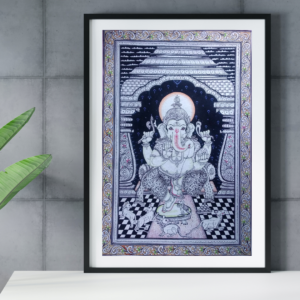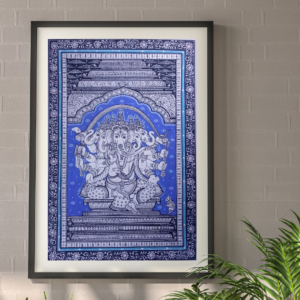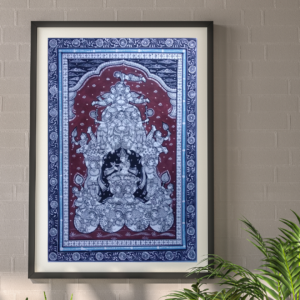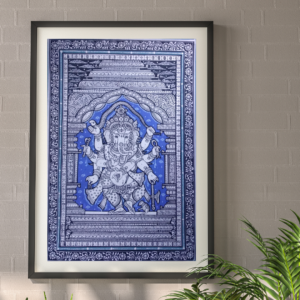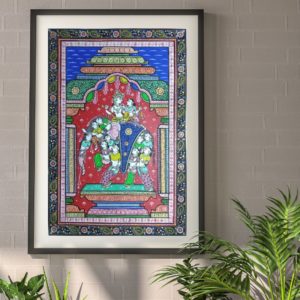Meditation is something that can help you overcome the many ways that anxiety can disrupt your life. This guide is a set of research and some procedures that you can turn to as you start a healthy journey. Anxiety is the normal reaction of the body to stress. It’s a sense of anxiety or uncertainty about what’s coming. On the first day of school, going to a job interview, or speaking, most people may feel scared and anxious. But if your feelings of fear are intense, last longer than 6 months, and interfere with your life, you might have an anxiety disorder. This form of anxiety can cause you to stop doing things that you enjoy. In severe situations, you can be prevented from entering the elevator, crossing the street, or even leaving your house. If left unchecked, anxiety is going to get worse. Anxiety problems are the most prevalent type of emotional illness and can affect people at any age. Meditation has been used for many years to reduce anxiety and mental stress.
How Meditation Calms Anxious Feelings
Meditation helps you to discover the root causes of tension and worry safely. By going with what’s going on rather than spending resources battling or moving away from it, you’re creating an opportunity to tap into what’s driving your issues.
Meditation helps you build space around your problems so that they don’t overwhelm you. When you begin to grasp the root causes of your apprehension, liberation and a sense of space emerge naturally.
How Meditation Helps Anxiety
Meditation is the basic human capacity to be entirely present. When you become conscious of the present moment, you gain access to the advantages that you may not have known were with you all along—the stillness at your heart. The sight of what you need and don’t need in your life to be with you all the time. You may not be able to improve your condition by meditation, but you may change your reaction.
A Simple Meditation for Anxiety:
The Three-Minute Breathing Space is one of the most common. It helps you to move your mind away from automatic, multi-tasking patterns of thinking to help you unravel.
The Three-Minute Breathing Space Meditation: There are three measures for the practice:
attend to what is.
- Focus on yourself and notice the changes that occur in every breath.
- Then, focus on your breath. The second stage narrows the field of attention to a single, pointed fixation on the body’s breath.
- Check for the changes in your body. The third phase again adds attention to the body as a whole and to any stimuli that are present.
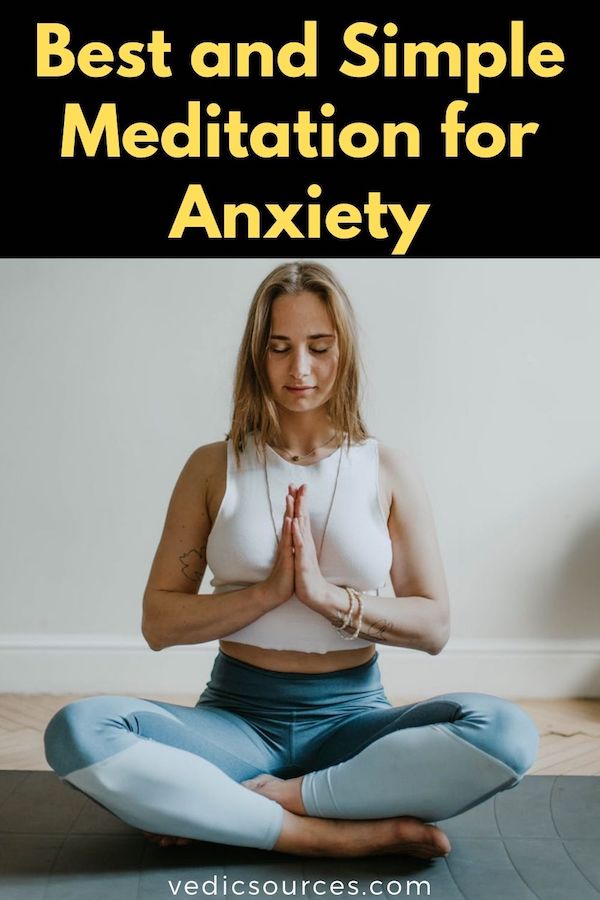
Three Meditation Practice For Anxiety
Practice 1: Simple meditation to overcome anxiety
- Allow negative feelings to remain in our lives—
It does not mean that we have decided not to take action. It takes on real responsibility and needs a deliberate movement of focus. It is not the same thing as being resigned or passive or powerless. So, let yourself be with those feelings. - Denying negative thinking is more dangerous for your mental health.
Being unable to encounter unpleasant thoughts, emotions, or experiences is always the first link in a mental chain that can contribute to the re-establishment of automatic, habitual, and vital habits of thinking. - Acceptance allows you to work through any negative encounter.
We need to work through the body with regular practice over time to note how things, such as anxiety, will show up as tightness in the chest, or depression as heaviness in the shoulders.
Practice 2: A Meditation for Anxiety and Stress
- Take a moment to appreciate yourself for being here—for taking this opportunity to be here, to go inside, to your own lives.
- Connect with your mind and body with a thoughtful check-in: experiencing any sensations or any tightness in your body, as well as feeling in your mood, feeling in your emotions, and just recognizing what you’re feeling and letting yourself be.
- Now, very gently, bring our focus to the breath.
- Be kind to any anxious thoughts that emerge with a thoughtful inquiry.
- Wade into your feelings of kindness and gentleness. Just listen to yourself with love.
- And now, breathe in and out.
Practice 3: A Guided Meditation for Anxious Emotions
This is an effective meditation for anxiety. Use this to investigate your Panic Attacks.
- Before you start, ask yourself if it’s a good time to discuss your feelings. Are you feeling healthy at this time? If you feel safe, go ahead with the next move. If you don’t feel safe, it’s all right to wait.
- Take this moment to remember all the emotions that are with you right now. If you feel out of control, just accept it as a feeling, without putting any information or stories behind it. If you have an uncontrollable fear that you’re going mad, understand that feeling without trying to criticize or examine the feeling. Give yourself permission to recognize and recognize your emotions.
- You may feel a powerful urge to avoid or struggle against these painful and frightening feelings, as may be your habit. But you should let the emotions be exactly what they are.
Meditation helps you learn to keep up with uncomfortable emotions without analyzing, suppressing, or encouraging them. When you allow yourself to recognize and accept your fears, irritations, traumatic memories, and other troublesome thoughts and emotions, this also allows them to dissipate. We hope this meditation gets you started and brings you closer to a better version of yourself.
Recommended Read: Top 5 simple and easy yoga asanas for weight loss




